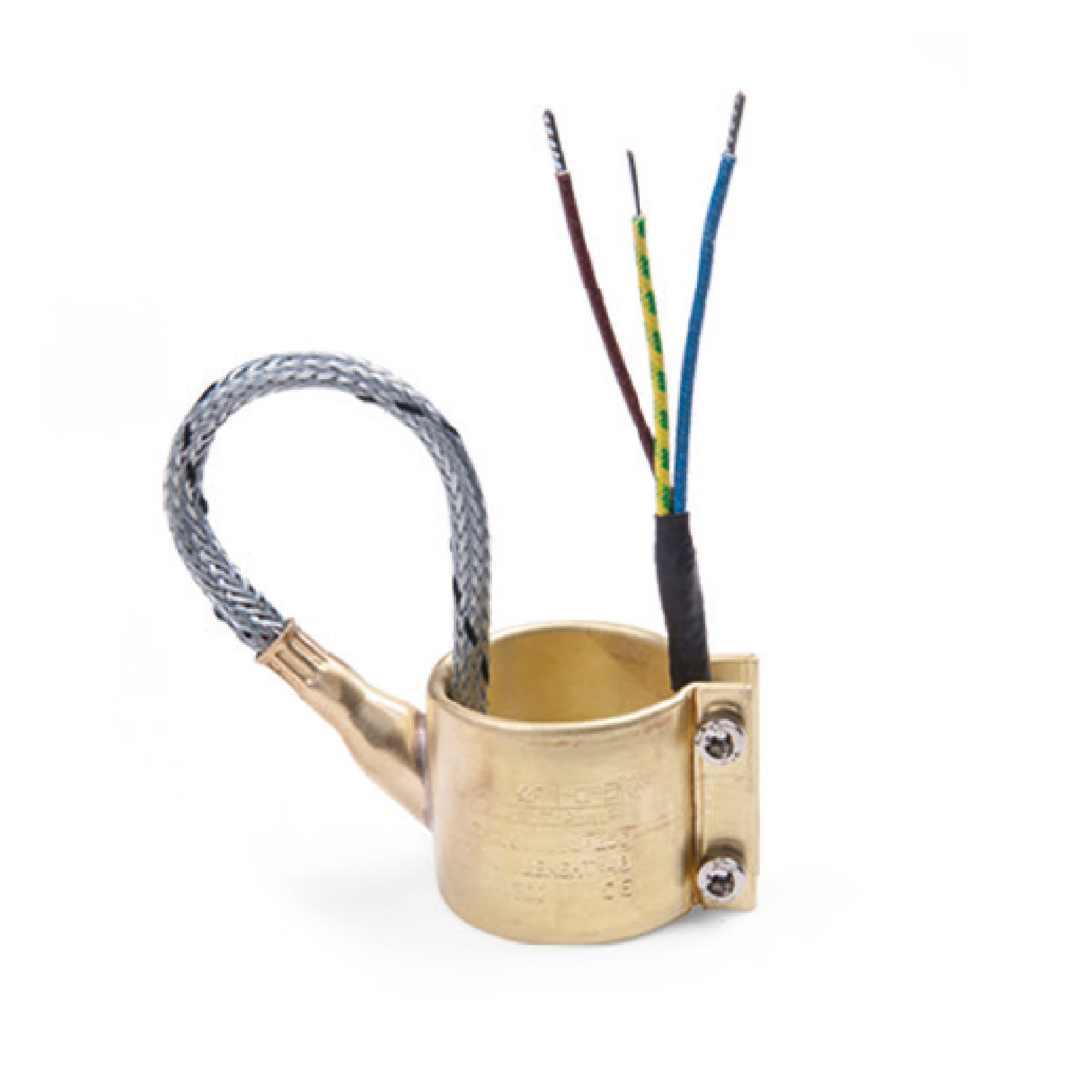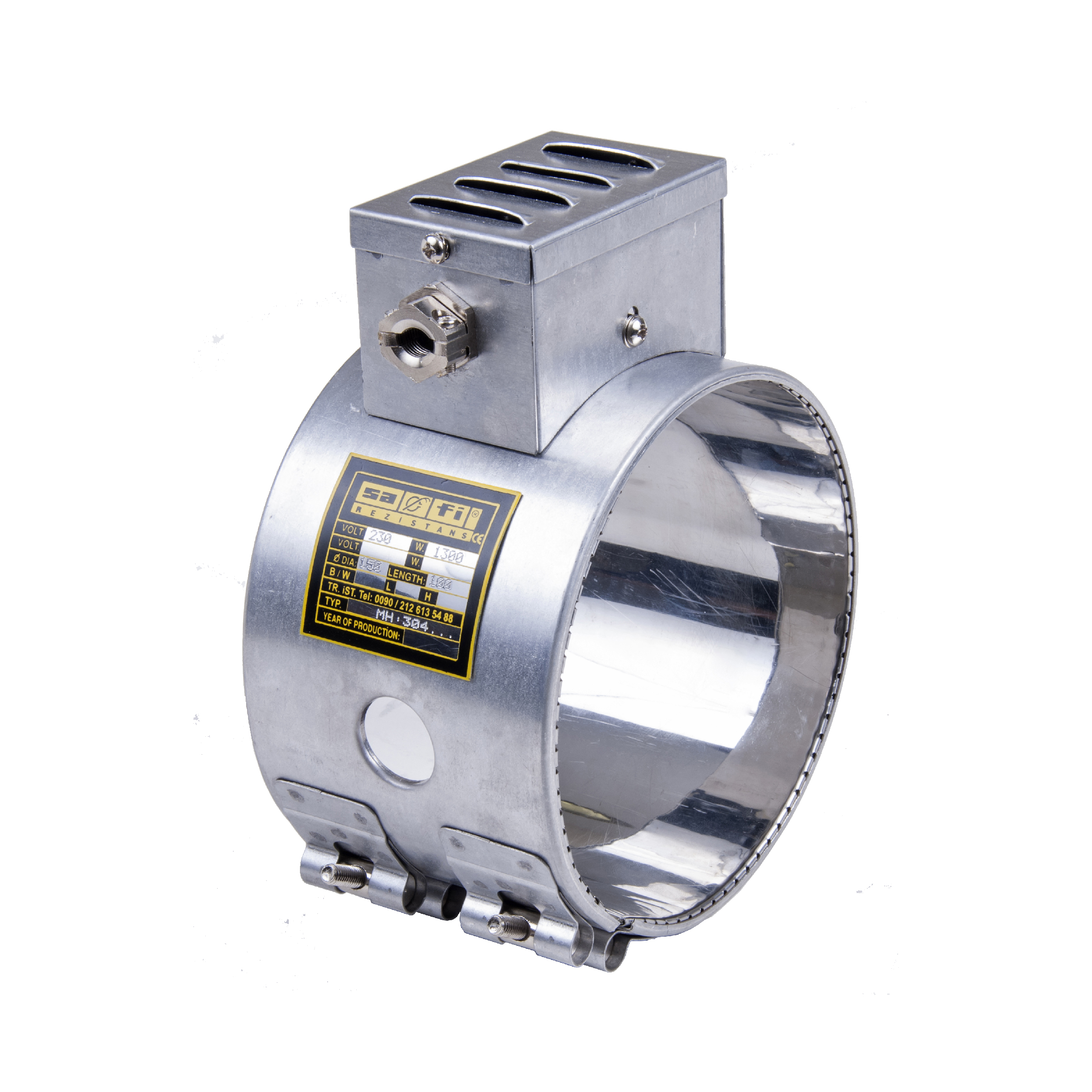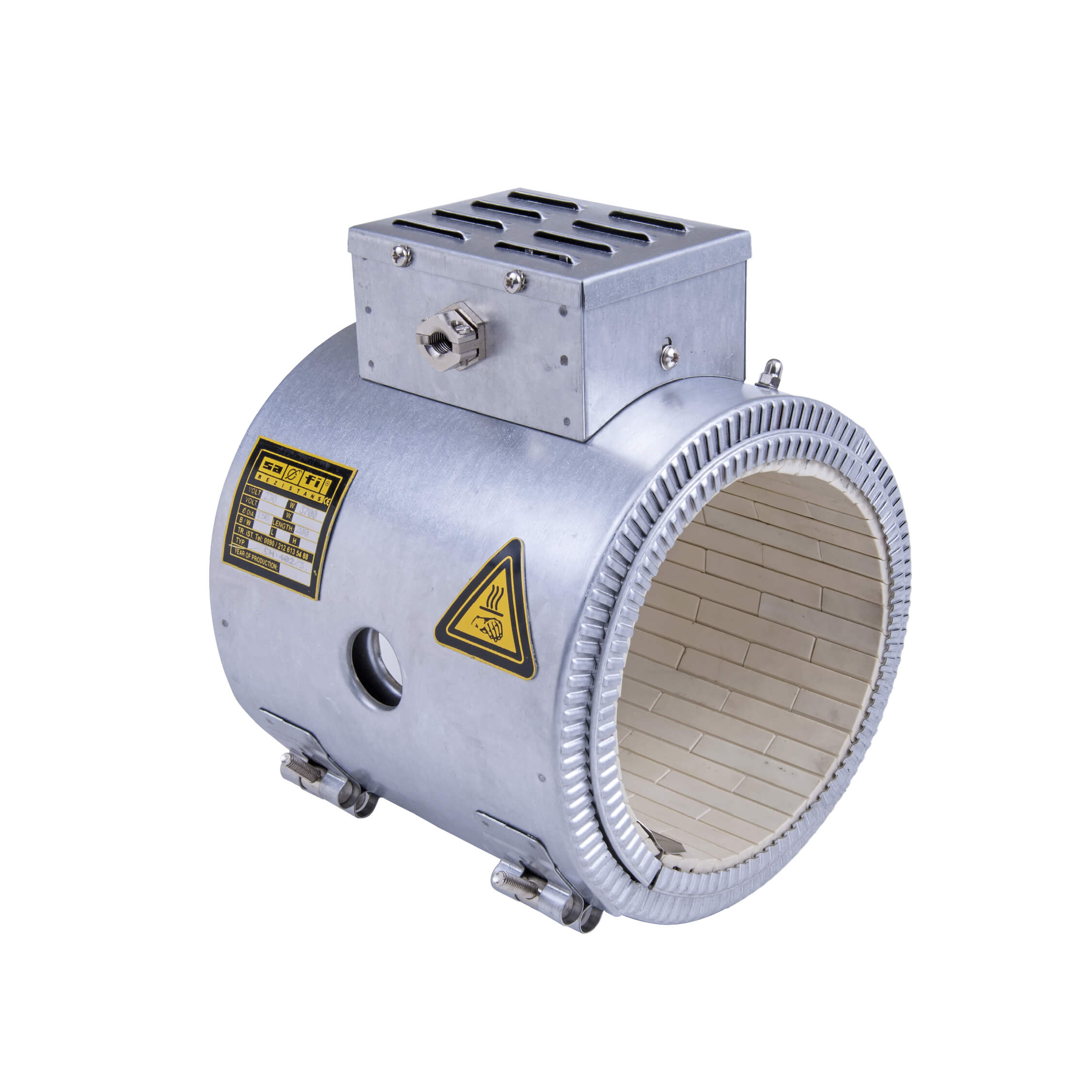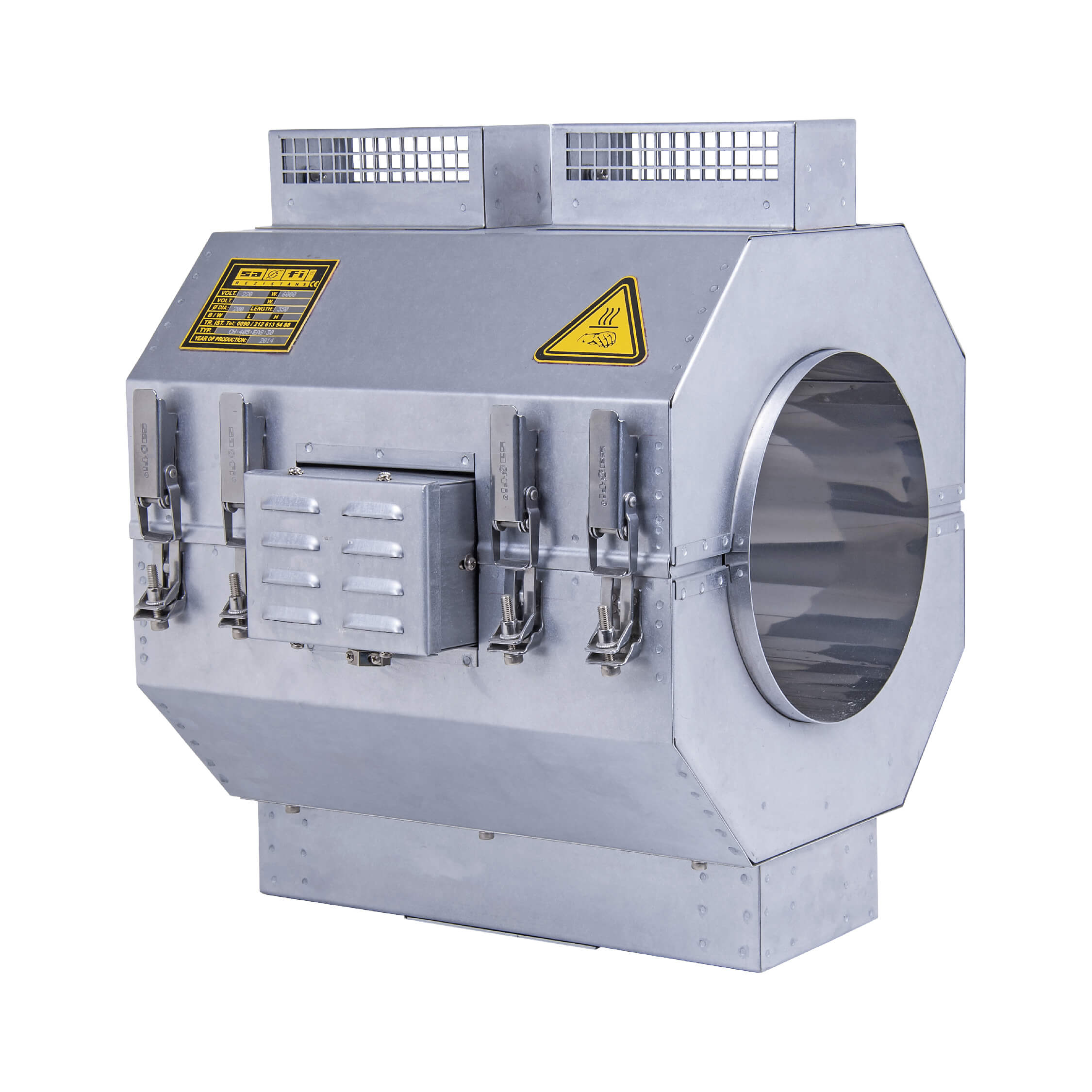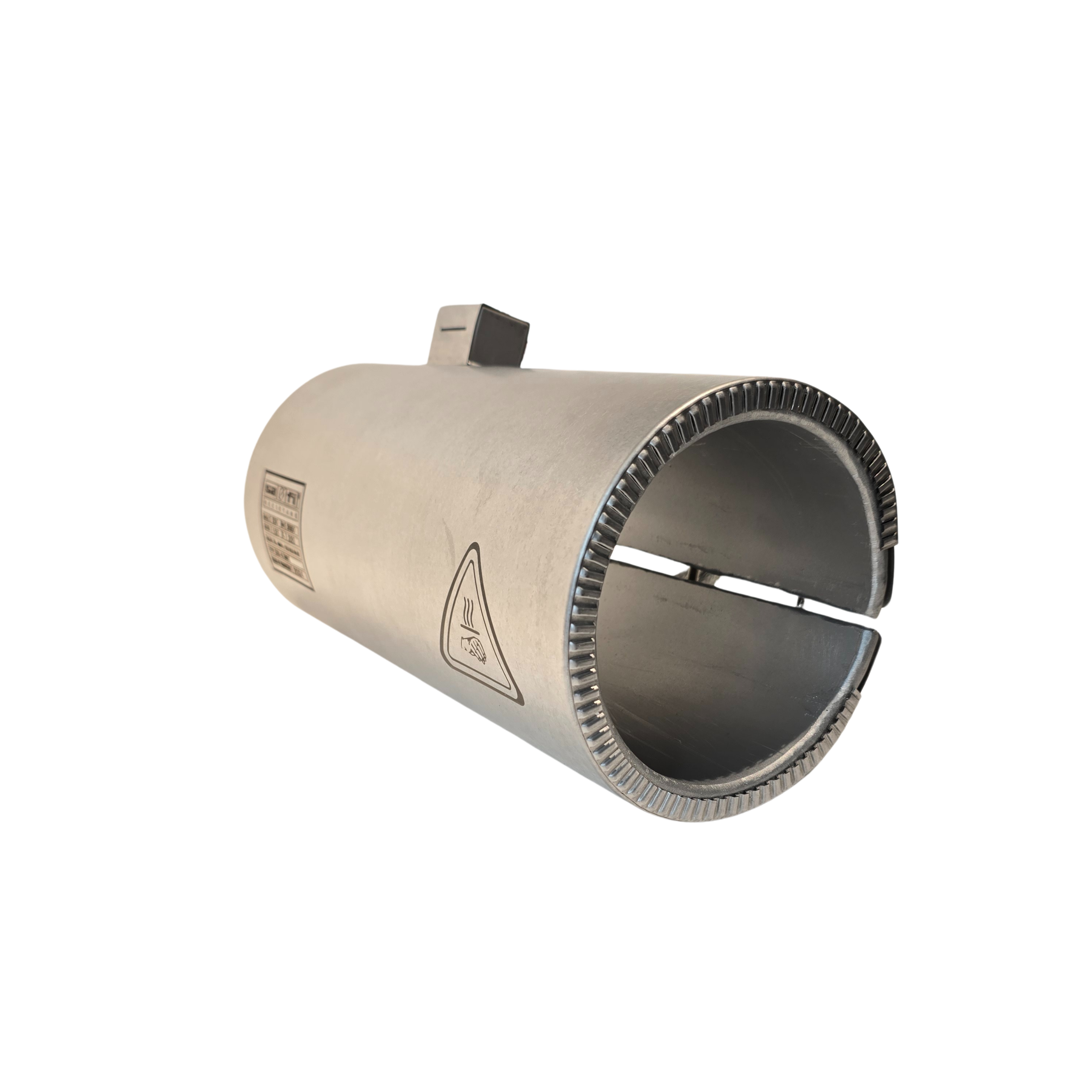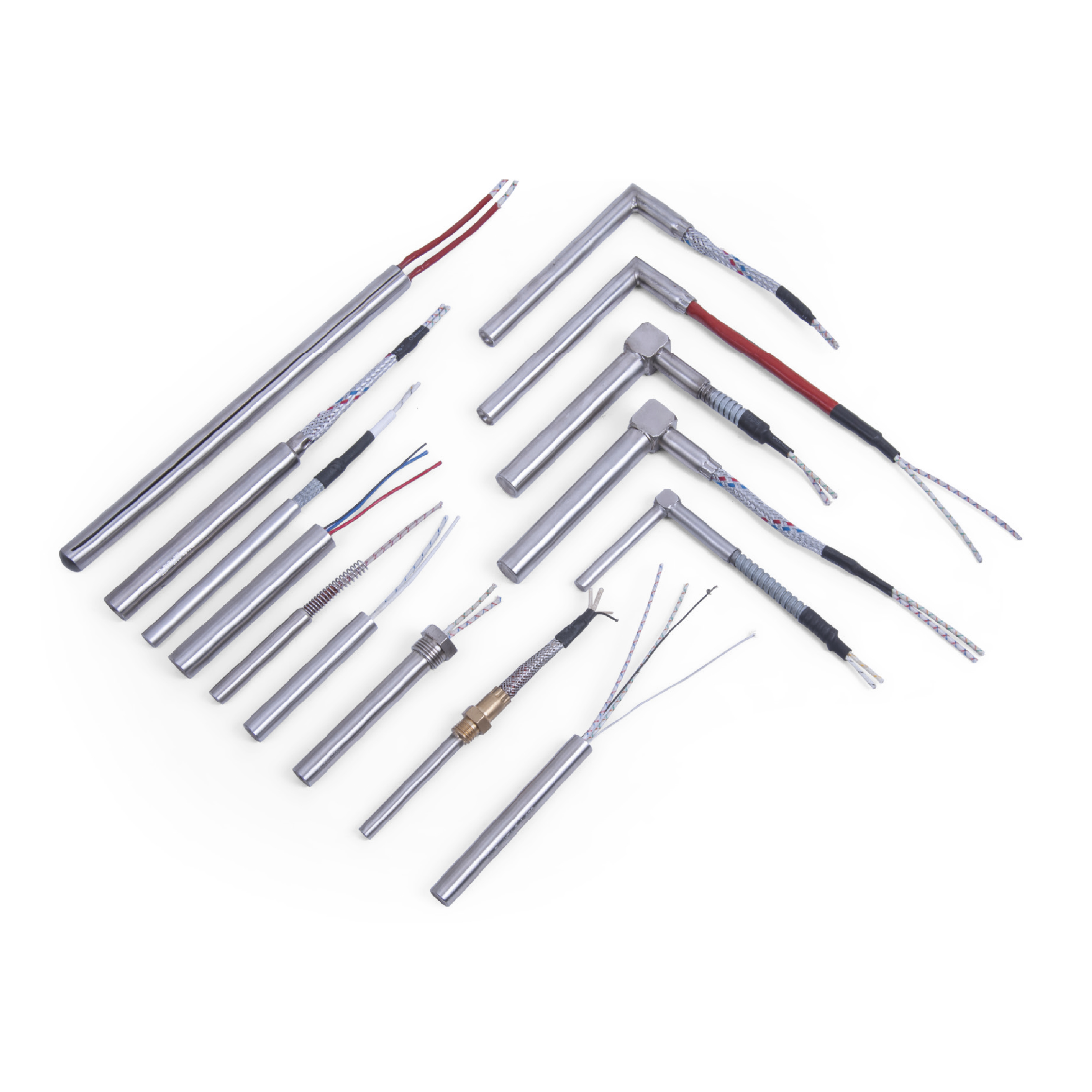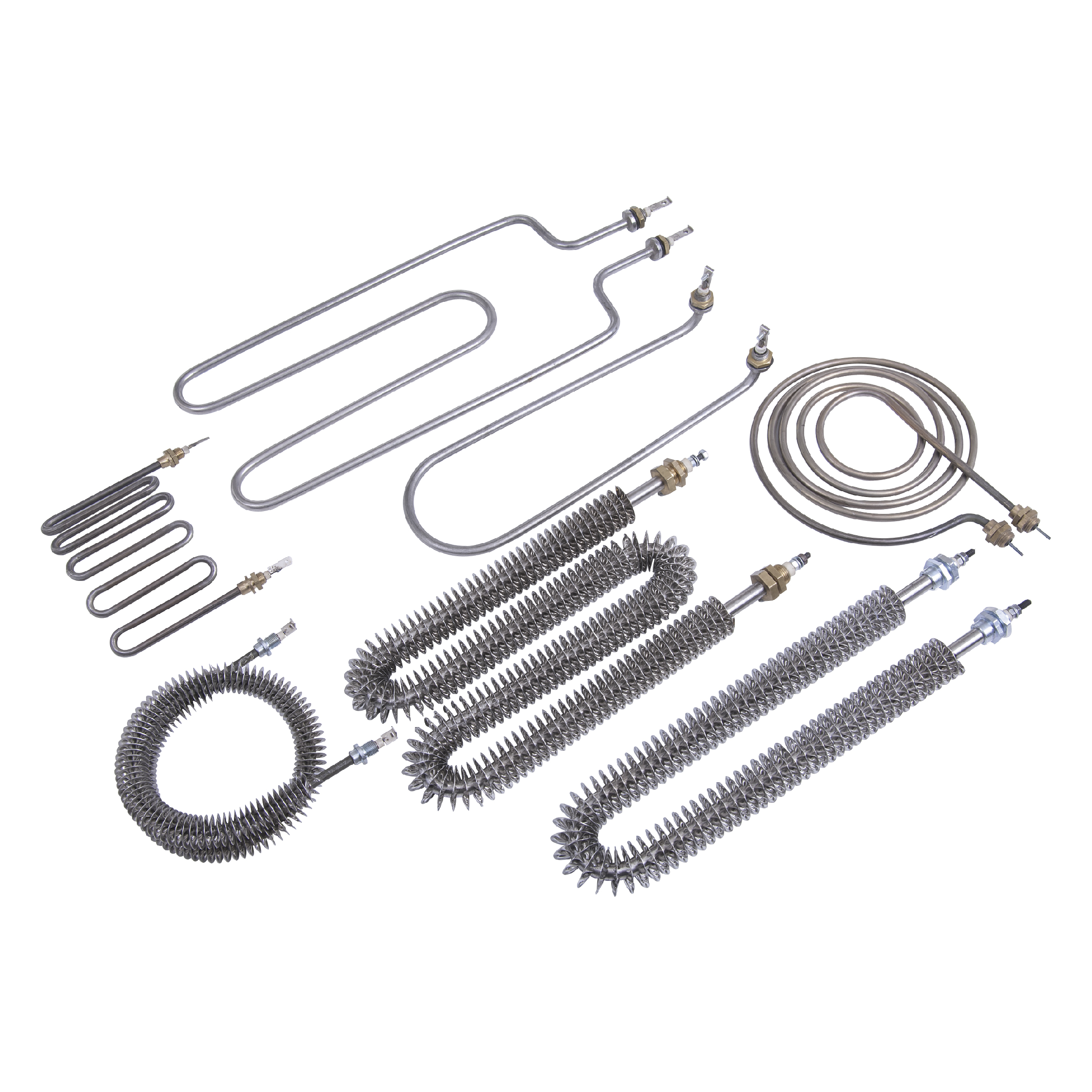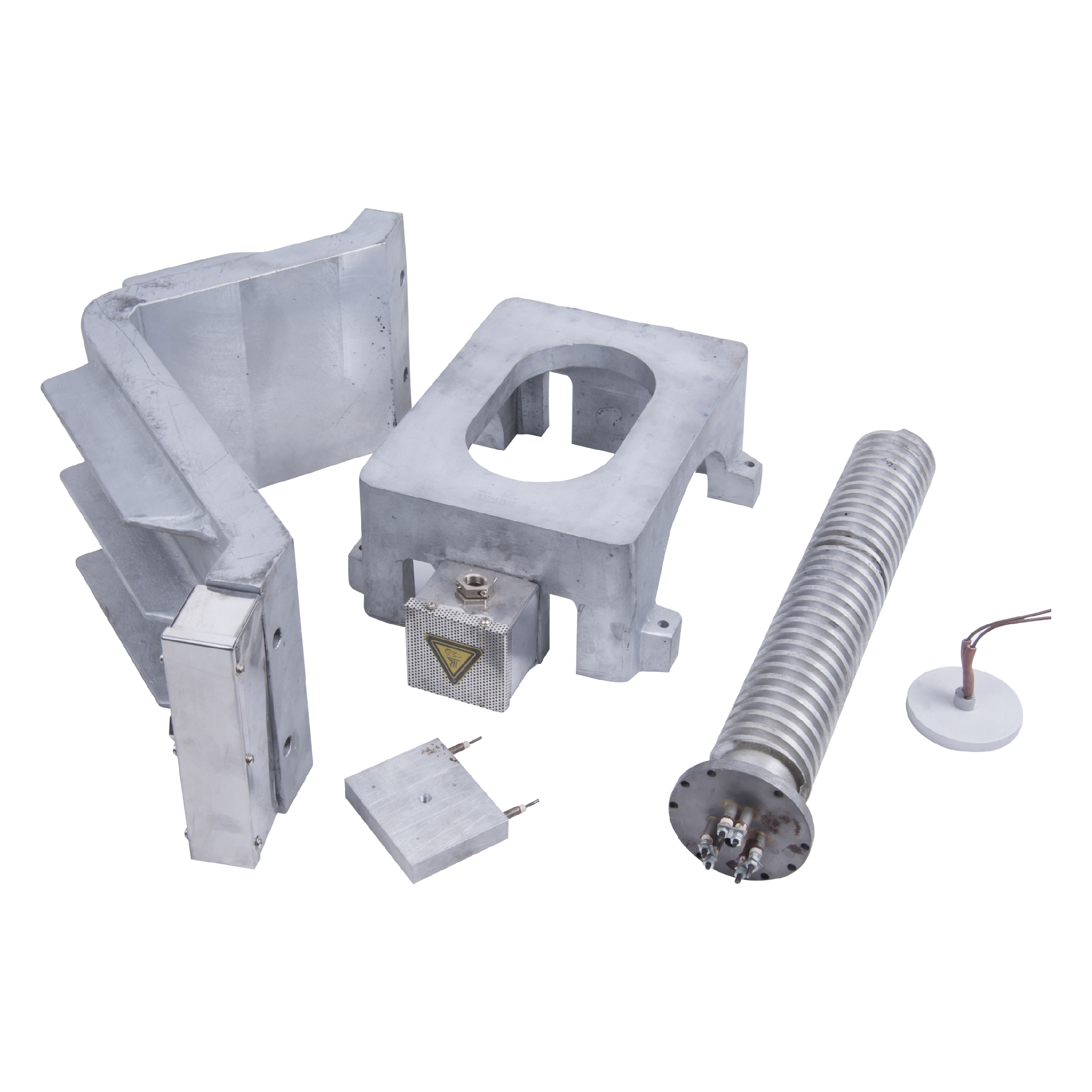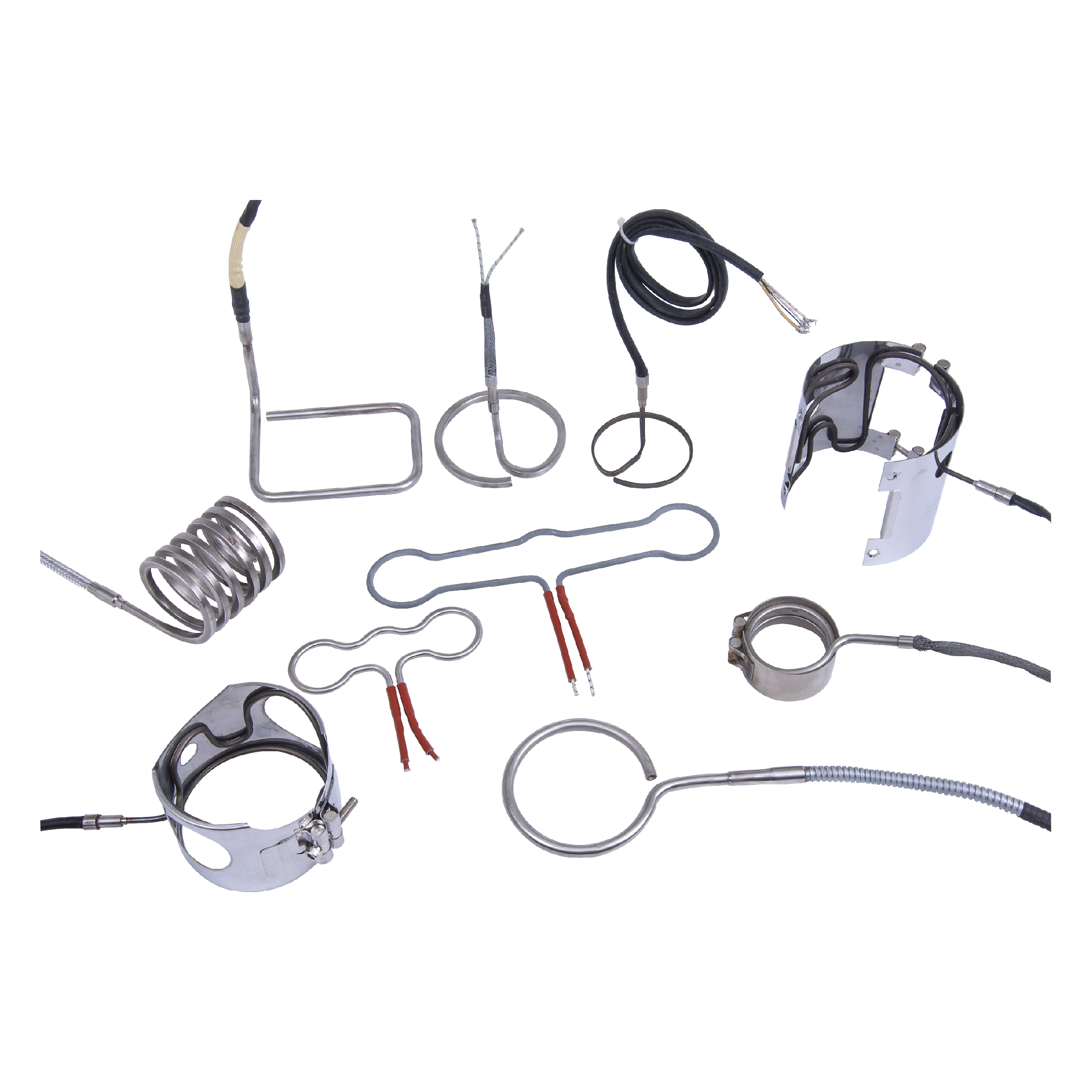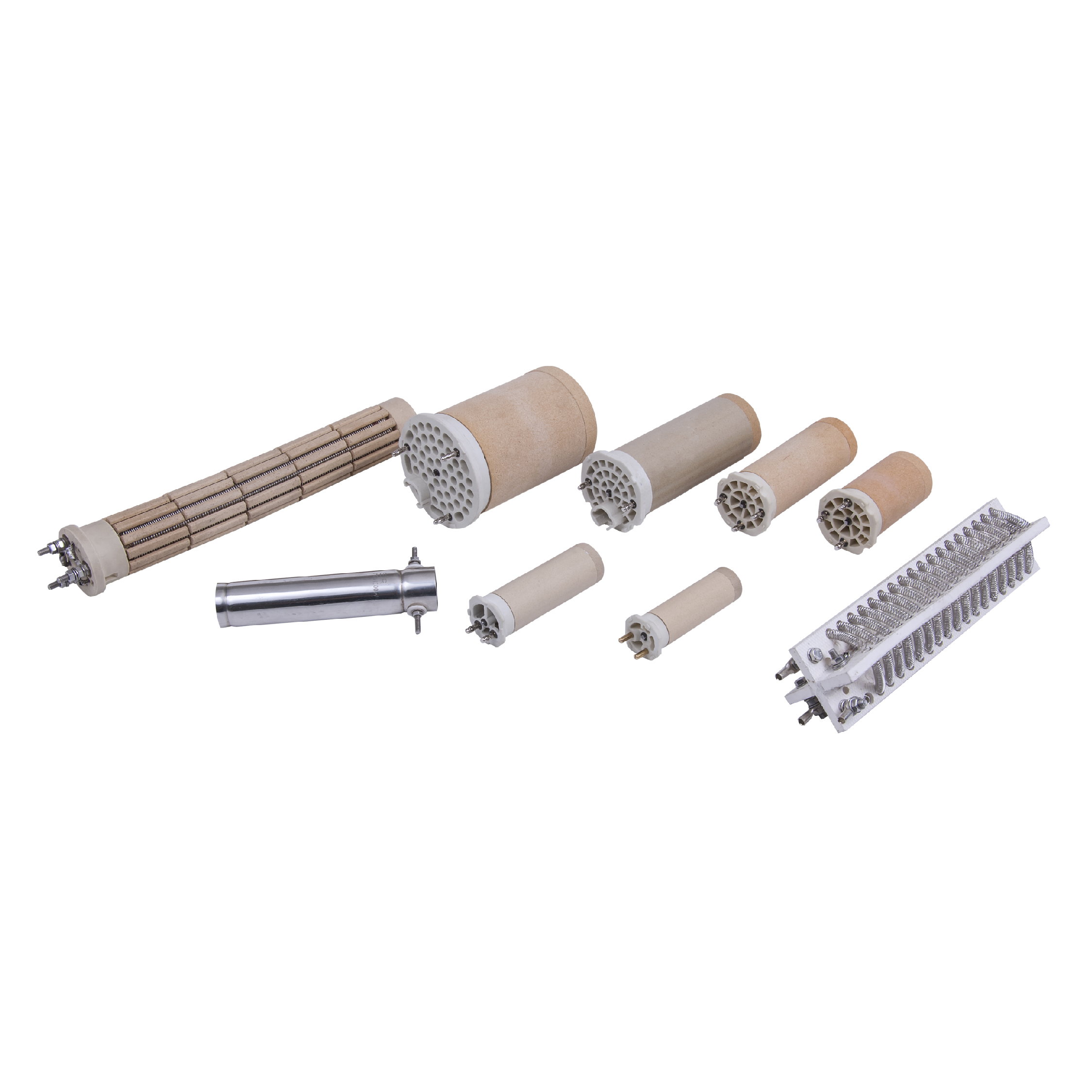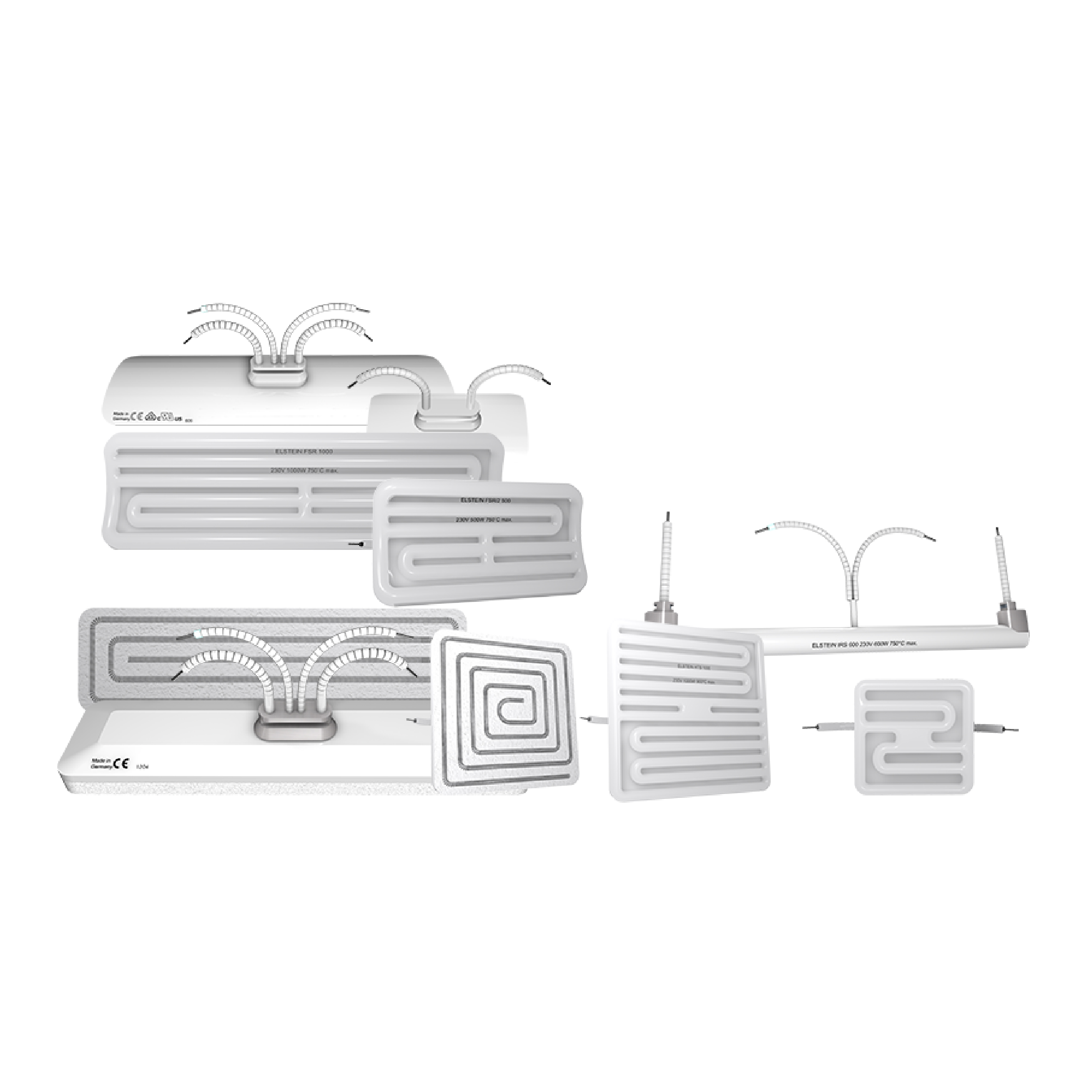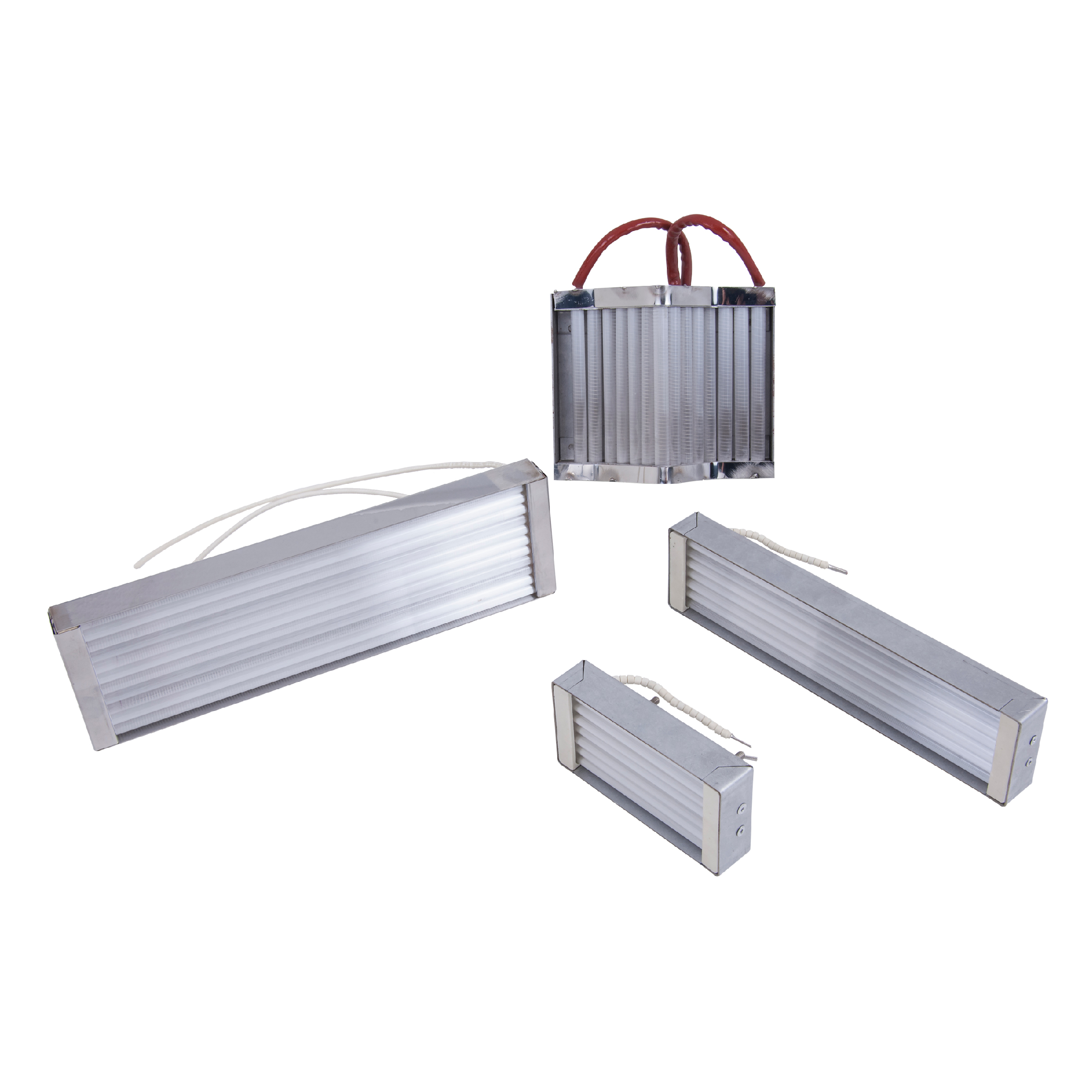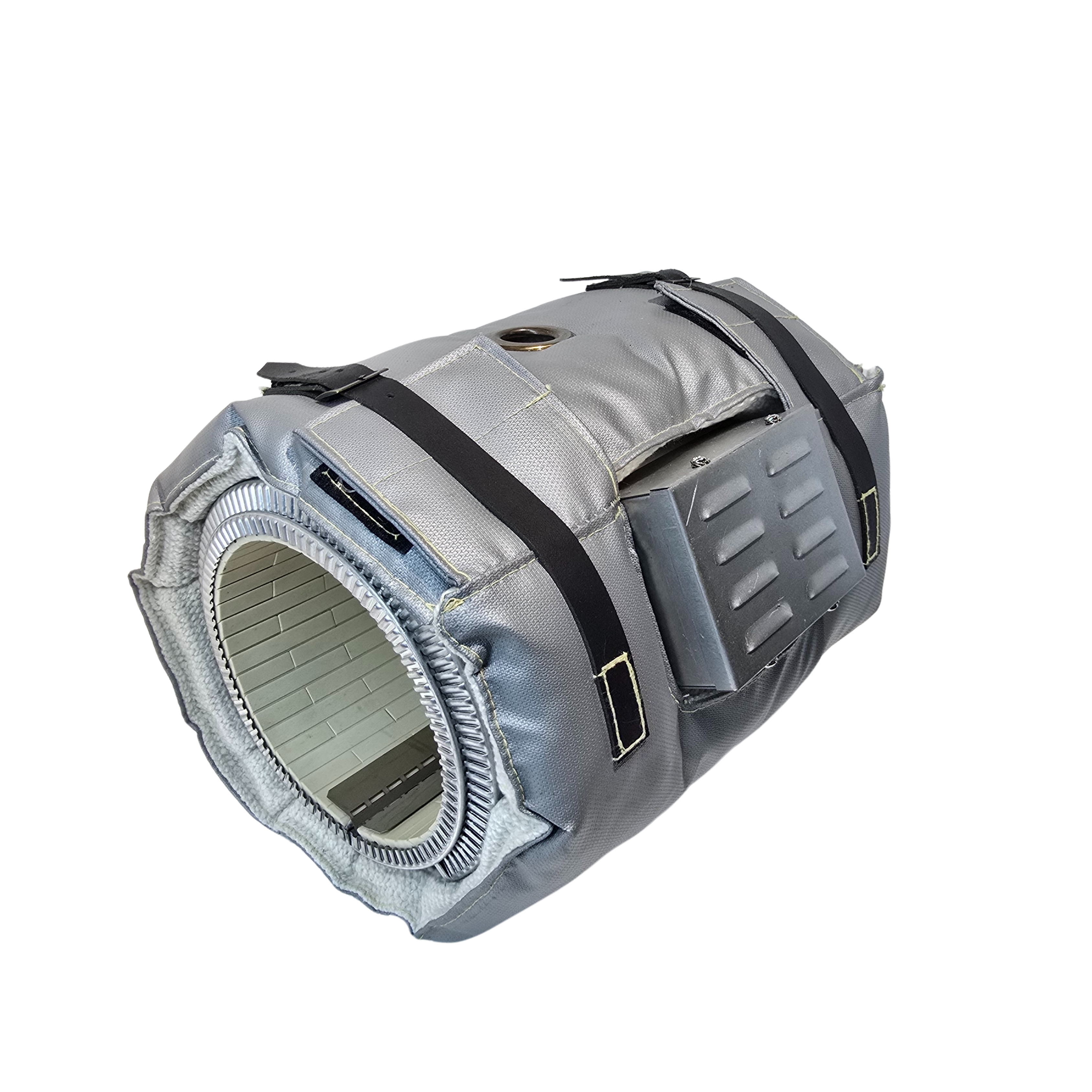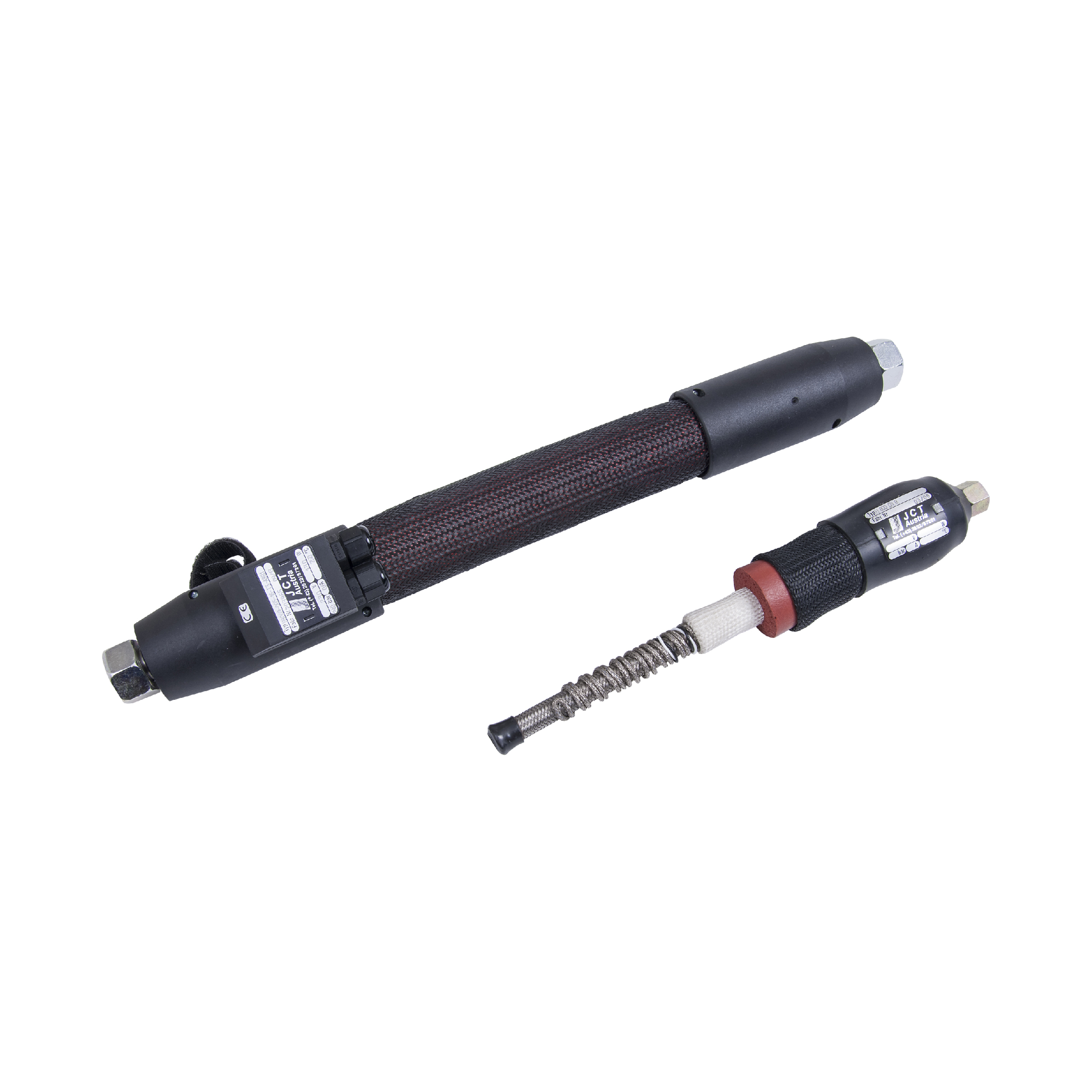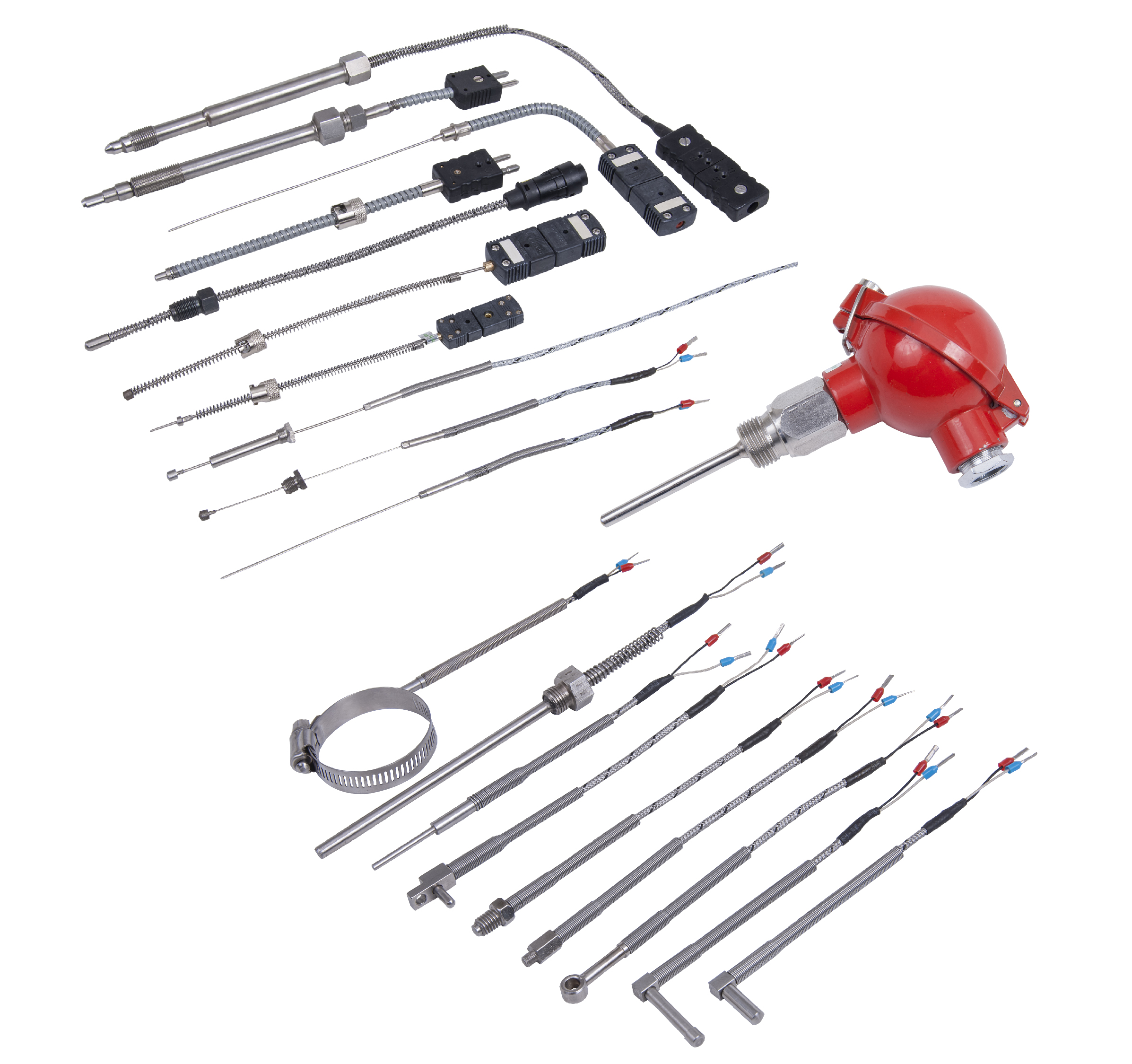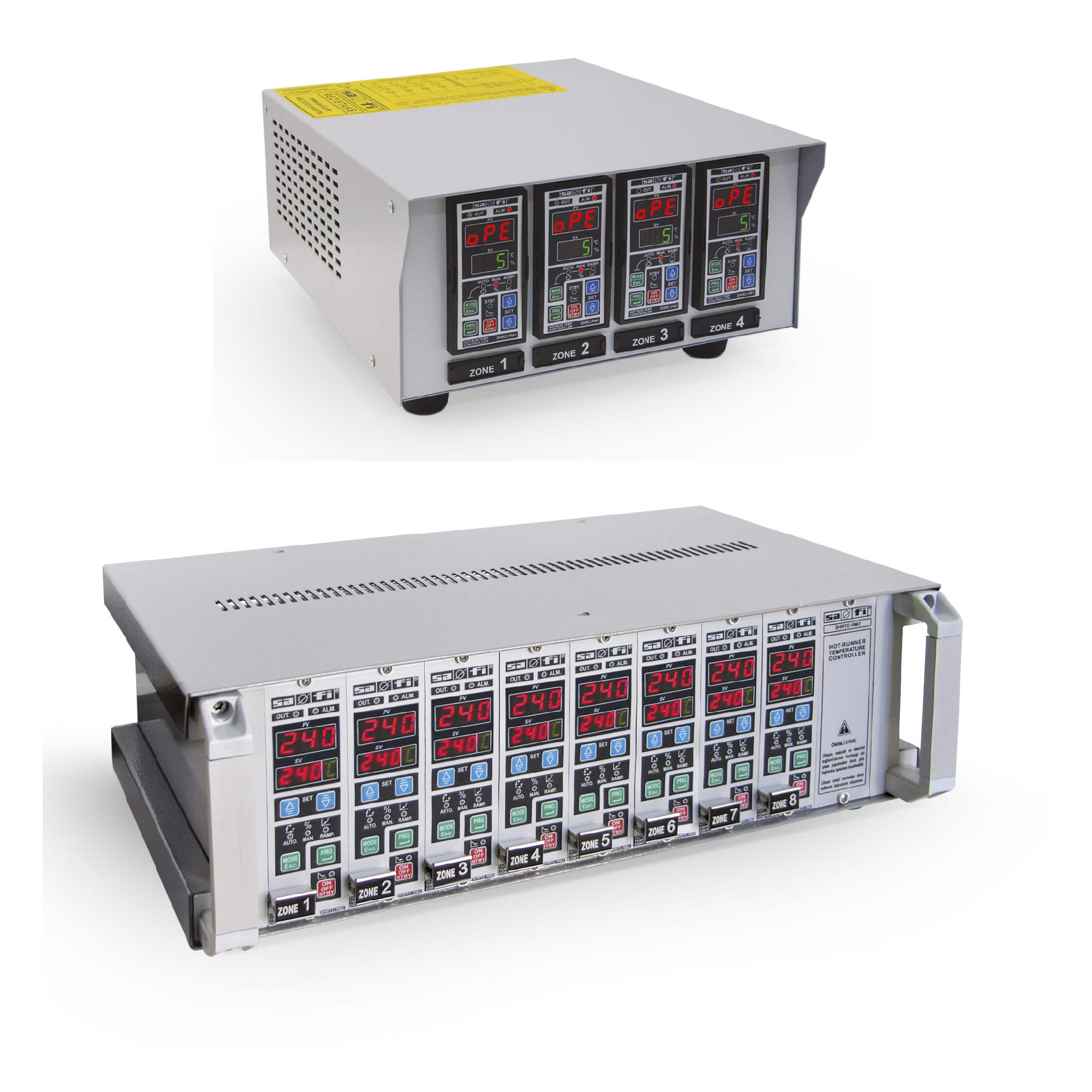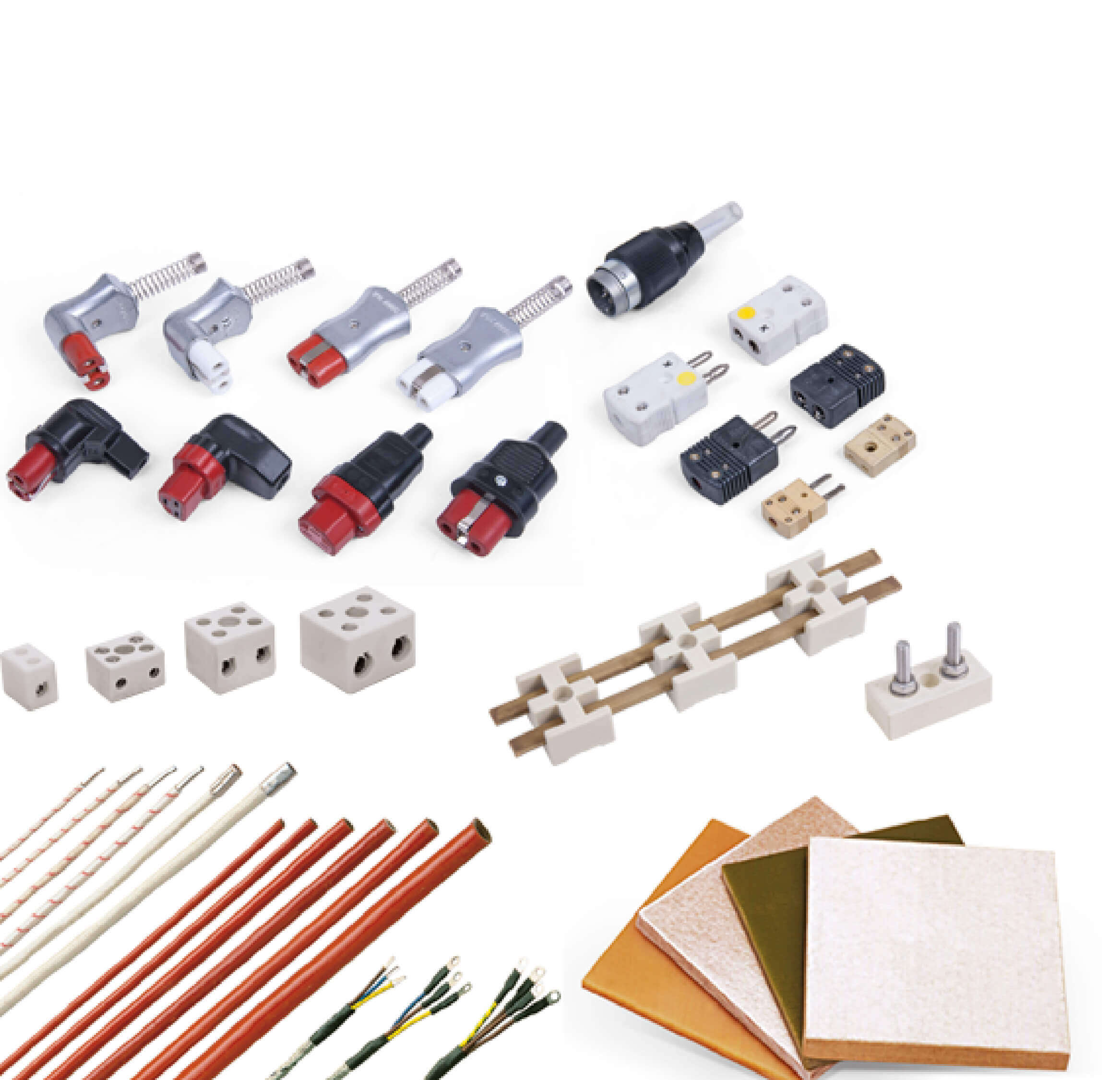What is a Cartridge Heater? 220V Options and Areas of Use
A cartridge heater is a compact, high-temperature heating element used for internal heating in molds, machines, and industrial systems. With its cylindrical stainless-steel body and high thermal conductivity, it offers efficient localized heating. So, what exactly is a cartridge heater, and where are 220V options used? Let’s explore.
What is a Cartridge Heater?
It is a tubular heating element made with a stainless steel sheath and insulated with magnesium oxide. Inside, a resistance wire converts electricity into heat. It comes in standard diameters (e.g., 6mm, 8mm, 10mm) and lengths between 50mm and 300mm, making it suitable for tight installation areas.
Technical Specifications
- Operating Voltage: 220V – 230V (custom: 110V, 380V)
- Power Range: 50W – 1500W
- Temperature Resistance: up to 750°C
- Insulation: Magnesium oxide (MgO)
- Material: Stainless steel (304/316)
- Cable Type: Fiberglass or silicone heat-resistant wires
Why Choose 220V Cartridge Heaters?
220V versions are widely used due to their compatibility with standard power grids in many countries. They offer stable temperature control without needing additional transformers. Their ease of installation makes them ideal for integration into industrial equipment.
Where Are Cartridge Heaters Used?
Cartridge heater applications include:
1. Plastic Injection Molds
Inserted into mold channels for internal heating to melt plastic materials efficiently.
2. Packaging and Labeling Machinery
Used for sealing and cutting with quick heating in narrow spaces.
3. Medical and Food Processing Machines
Suitable for hygienic conditions due to stainless steel body and easy cleaning.
4. Automotive Mold Systems
Provides precise heating in complex molds for shaping and forming materials.
5. General Industrial Heating Systems
Ideal for small tanks, metal blocks, and fluid lines needing localized heat.
How to Choose the Right Cartridge Heater?
- Determine required temperature and wattage
- Check diameter and length for proper fitting
- Select cable type and length based on process conditions
- Define voltage and phase requirements
- Request IP-rated protection if used in harsh environments
Advantages of Cartridge Heaters
- Compact and powerful heating
- High resistance to temperature
- High energy efficiency
- Quick heat-up time
- Durable and long-lasting
Cartridge heaters are essential components for industries requiring efficient, localized heating in confined spaces. 220V cartridge heaters stand out with their ease of use, compatibility, and performance. They are widely used in plastics, packaging, food, automotive, and medical industries. With the correct design, power rating, and cable configuration, they enhance production quality and reduce energy costs.

